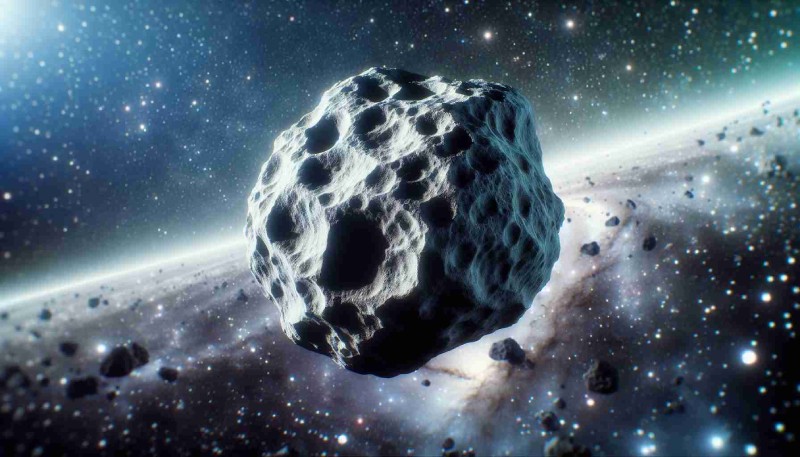The Bennu asteroid sample contains building blocks for life, according to NASA

Andrew Liszewski, a seasoned tech journalist with a passion for all things electronic since childhood, has been reporting and reviewing the latest gadgets and innovations since 2011.
NASA scientists, along with experts from various institutions, have been thoroughly analyzing the sample collected from the Bennu asteroid, which returned to Earth in September last year. Their findings have revealed the presence of essential organic molecules, including amino acids—key building blocks of life as we understand it. According to NASA’s latest press release, the sample also contained evidence of an ancient environment that could have fostered the chemical reactions necessary to initiate life.
While these discoveries do not confirm extraterrestrial life, they strongly support the idea that the fundamental conditions for life’s emergence were widespread in the early solar system. Additionally, they lend credibility to the theory that amino acids necessary for life on Earth may have originated from space, further increasing the probability that life could have developed on other planets and moons.
A study published in Nature Astronomy by NASA researchers disclosed that the Bennu sample contained 14 out of the 20 amino acids required for protein formation in life on Earth. Among them were the five nucleobases essential for the creation of DNA and RNA. The research team also identified high concentrations of ammonia and formaldehyde—two compounds known to react under the right conditions to form more complex molecules like amino acids.
Meanwhile, a separate paper published in Nature provided further evidence that these conditions may have existed. Scientists from the Smithsonian’s National Museum of Natural History in Washington and the Natural History Museum in London identified traces of 11 different minerals, including calcite, halite, and sylvite. These minerals suggest the presence of saltwater on the parent asteroid—estimated to be 4.5 billion years old—creating a potentially favorable environment for the molecular interactions that contribute to life.
NASA’s OSIRIS-REx spacecraft embarked on its journey on September 8, 2016, reaching the near-Earth asteroid Bennu on December 3, 2018. Over the course of nearly two years, it extensively studied the asteroid before executing a precision maneuver on October 20, 2020, to collect a sample from its surface. This precious material was securely sealed within a protective capsule and successfully transported back to Earth, where it was retrieved on September 24, 2023, marking a significant milestone in our understanding of the building blocks of life in the universe.


